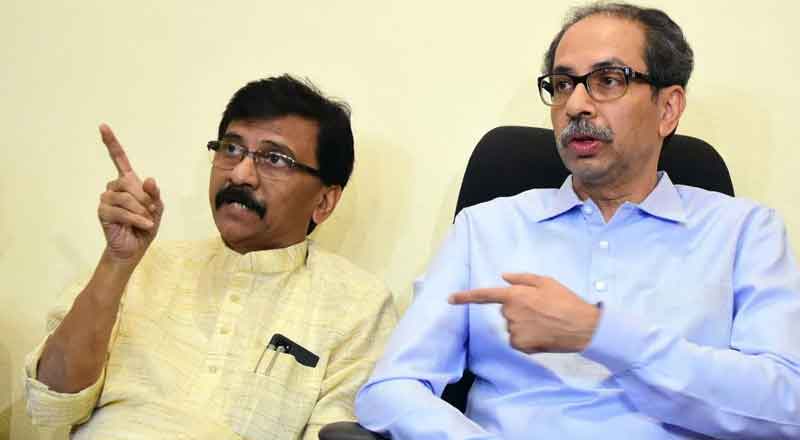· The central government may introduce the ‘One Nation, One Election’ bill in Parliament, according to sources.
· The idea of ‘One Nation, One Election’ refers to holding simultaneous elections for the Lok Sabha and all state assemblies across India simultaneously
· The Centre formed a committee for ‘One Nation, One Election’ under the leadership of former president Ramnath Kovind.
· Prime Minister Narendra Modi has been pushing this idea to hold assembly and general elections simultaneously.
· One of the major reasons to hold simultaneous elections would be to cut down on the costs involved in separate elections.
· Holding simultaneous elections would require constitutional amendments to sync up the terms of the state legislative assemblies with that of the Lok Sabha.
· The major fear of regional parties over simultaneous elections is that they would not be able to raise their local issues strongly as national issues take center stage.
The central government, led by Prime Minister Narendra Modi, might introduce the ‘One Nation, One Election’ bill during the special session of Parliament which was abruptly called by Union Minister of Parliamentary Affairs Pralhad Joshi from September 18 to 22, sources said on Thursday.
The Centre on Thursday formed a committee for ‘One Nation, One Election’ under the leadership of former president Ramnath Kovind.
Prime Minister Narendra Modi has been pushing this idea to hold assembly and general elections simultaneously. A move that will bring down the cost of holding elections and also save time for governance. On National Voters’ Day in 2022, PM Modi raised the issues of “one nation, one election” and “one nation, one voters’ list”, saying that a continuous cycle of elections results in politics being seen in everything while development works suffer.
Assembly polls are due in five states in November-December and they will be followed by the Lok Sabha elections in May-June next year. However, the recent moves by the government have thrown open the possibility of advancing the general elections and some state polls, which are scheduled after and with the Lok Sabha contest.
Let us take a look at the pros and cons of holding simultaneous elections.
The idea of ‘One Nation, One Election’ refers to holding simultaneous elections across the country. This means that elections for the Lok Sabha and all state assemblies across India will be held simultaneously — with voting presumably taking place around the same time. Currently, elections to the state assemblies and the Lok Sabha are held separately, after the five-year term of the incumbent government ends or if it is dissolved due to various reasons.
One of the major reasons to hold simultaneous elections would be to cut down on the costs involved in separate elections. As per reports, a whopping Rs 60,000 crore was spent on the 2019 Lok Sabha elections.
Further, supporters of simultaneous polls argue that it will increase efficiency in the administrative setup throughout the country since it slows down considerably during polling. Normal administrative duties are affected by elections as officials engage in polling duties.
It will also help ensure continuity in the policies and programs of the central and state governments. Further, the Law Commission said holding simultaneous elections will boost voter turnout as it will be more convenient for them to cast votes at once.
Holding simultaneous elections would require constitutional amendments to sync up the terms of the state legislative assemblies with that of the Lok Sabha. Further, the Representation of the People Act as well as other parliamentary procedures will also need to be amended.
The major fear of regional parties over simultaneous elections is that they would not be able to raise their local issues strongly as national issues take center stage. They would also be unable to compete with national parties in terms of election expenditure and election strategy. There are also fears of challenges posed by simultaneous elections to the country’s federalism.
Simultaneous elections for the state assemblies and the Lok Sabha were the norm in India till 1967. However, things changed when some legislative assemblies were dissolved prematurely in 1968 and 1969 and the Lok Sabha in 1970.
A decade later, the Election Commission in 1983 proposed to bring back simultaneous elections. However, in its annual report, the commission said the then government decided against it. The 1999 Law Commission report also pushed for simultaneous elections. The recent push came from the Bharatiya Janata Party, which said in its election manifesto for the 2014 Lok Sabha election that it will seek to evolve a method of holding the elections simultaneously to ensure stability for state governments.
Ever since PM, Modi started pushing for ‘One Nation, One Election’, opposition leaders have opposed the idea, calling it unconstitutional and against the principles of democracy.
On Thursday, Shiv Sena reacted to the news that the ‘One Nation, One Election’ bill could be introduced in Parliament and said if the legislation is implemented without consulting the stakeholders, “we would protest against it”. AAP MP alleged that the central government is planning to bring in simultaneous elections because the “BJP is scared after seeing that they lost three state elections”. Other parties who are part of the INDIA bloc, including the Rashtriya Janata Dal, the Janata Dal (United), and the Samajwadi Party also opposed the idea.
(With inputs from agencies)





